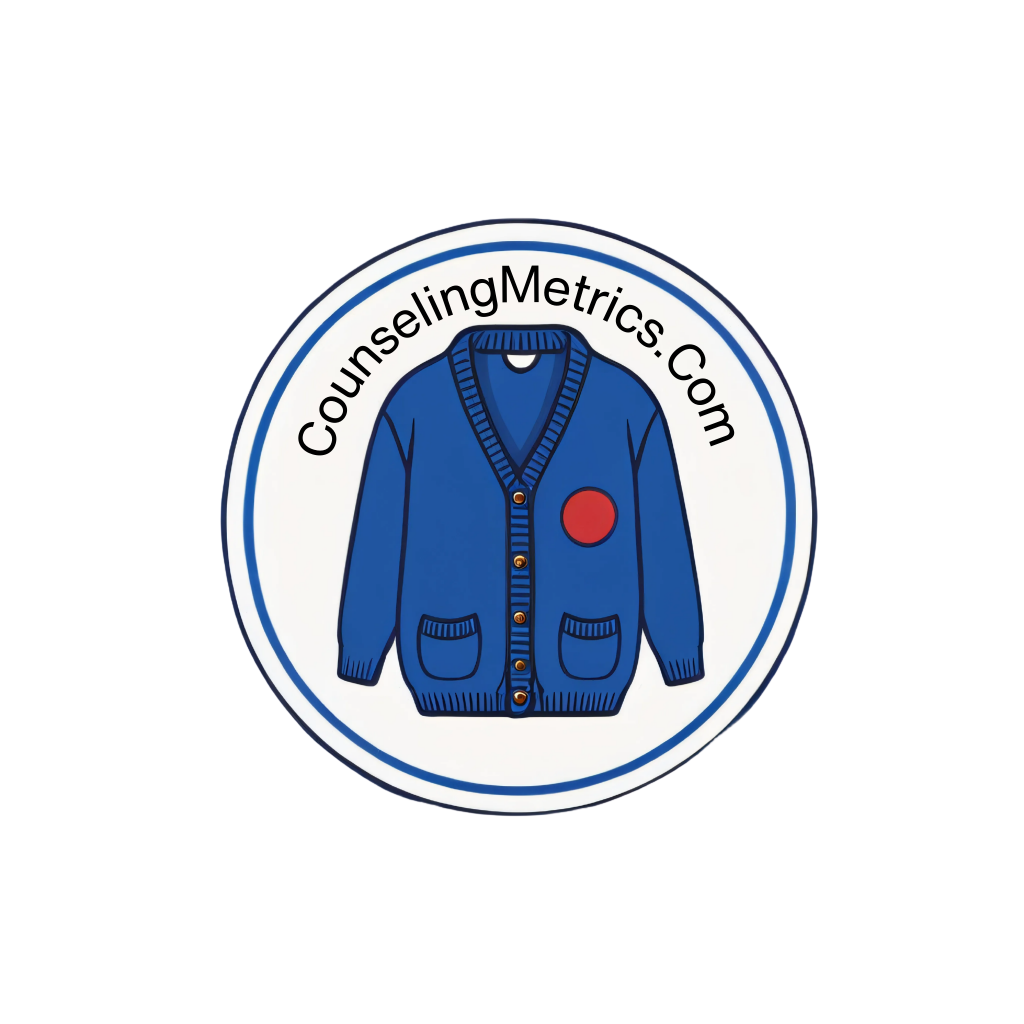
Eating Inventory (EI)
The Eating Inventory (EI), also known as the Three-Factor Eating Questionnaire (TFEQ), was developed by Albert J. Stunkard and Samuel Messick in 1985. It assesses three dimensions of eating behavior: 1.) cognitive control of eating, 2.) disinhibition, and 3.) hunger. The EI is widely used to recognize and treat eating-related disorders. It has been adapted into various versions and translations to suit different populations and research needs.
Who can Use?
The Eating Inventory (EI) can be administered by professionals with a Qualification Level B. This typically includes individuals with a master’s degree in psychology, counseling or a related field or those with equivalent training and experience. The EI is designed for use with individuals aged 17 years and older. It is often used in clinical settings to assess and treat eating-related disorders.
Where can I Find this Assessment?
The Eating Inventory (EI) is copyrighted. The rights are held by Pearson Education, Inc. and a fee is required for its use. If you need to use it for clinical or research purposes, you’ll need to obtain permission and possibly pay a licensing fee. It can be found at: https://www.pearsonassessments.com/en-us/Store/Professional-Assessments/Personality-%26-Biopsychosocial/Eating-Inventory/p/100000470.
Citations
Stunkard, A. J., & Messick, S. (1985). The Three-Factor Eating Questionnaire to measure dietary restraint, disinhibition and hunger. Journal of Psychosomatic Research, 29(1), 71–83. https://doi.org/10.1016/0022-3999(85)90010-890010-8).
Stunkard, A. J., & Messick, S. (1988). Eating Inventory [Database record]. PsychTESTS. https://doi.org/10.1037/t15085-000.
SCOFF Questionnaire
The SCOFF Questionnaire is a brief, five-question screening tool developed in 1999 by John F. Morgan, Fiona Reid, and J. Hubert Lacey to identify individuals at risk for eating disorders, particularly anorexia nervosa and bulimia nervosa. It measures core symptoms such as self-induced vomiting, loss of control over eating, significant weight loss, distorted body image, and preoccupation with food. The tool is designed for use across a wide age range and has been validated for children (ages 6-12), adolescents (13-17), and adults (18+). Its simplicity and high sensitivity make it a valuable first step in prompting further clinical evaluation when two or more questions are answered affirmatively.
Who can Use?
The Scoff Questionnaire can be administered by a wide range of professionals, including primary care providers, mental health clinicians, school counselors, and other trained healthcare personnel. It is designed to be simple and quick, allowing it to be used effectively in both clinical and non-clinical settings. The questions can be delivered either orally or in written form, making it adaptable to various environments. This is technically a screening tool, not a diagnostic instrument.
Where can I Find this Assessment?
A downloadable version of the SCOFF Questionnaire can be found by clicking on the link below:
Citations
Hill, L. S., Reid, F., Morgan, J. F., & Lacey, J. H. (2010). SCOFF, The Development of an Eating Disorder Screening Questionnaire. International Journal of Eating Disorders, 43(4), 344-51. doi: 10.1002/eat.20679.
Luck, A.J., Morgan, J.F., Reid, F., O’Brien, A., Brunton, J., Price, C., Perry, L., & Lacey, J.H. (2002), ‘The SCOFF Questionnaire and Clinical Interview for Eating Disorders in General Practice: Comparative Study’, British Medical Journal, 325,7367, 755 – 756. doi: 10.1136/bmj.325.7367.755.
Solmi, F., Hatch, S. L., Hotopf, M., Treasure, J., & Micali, N. (2015). Validation of the SCOFF Questionnaire for Eating Disorders in a Multiethnic General Population Sample. International Journal of Eating Disorders, 48(3), 312-6. doi: 10.1002/eat.22373.